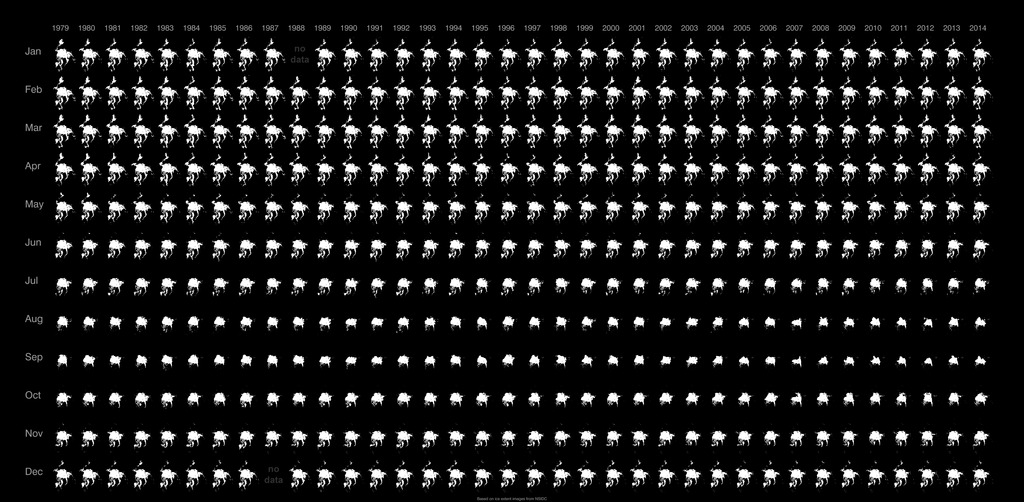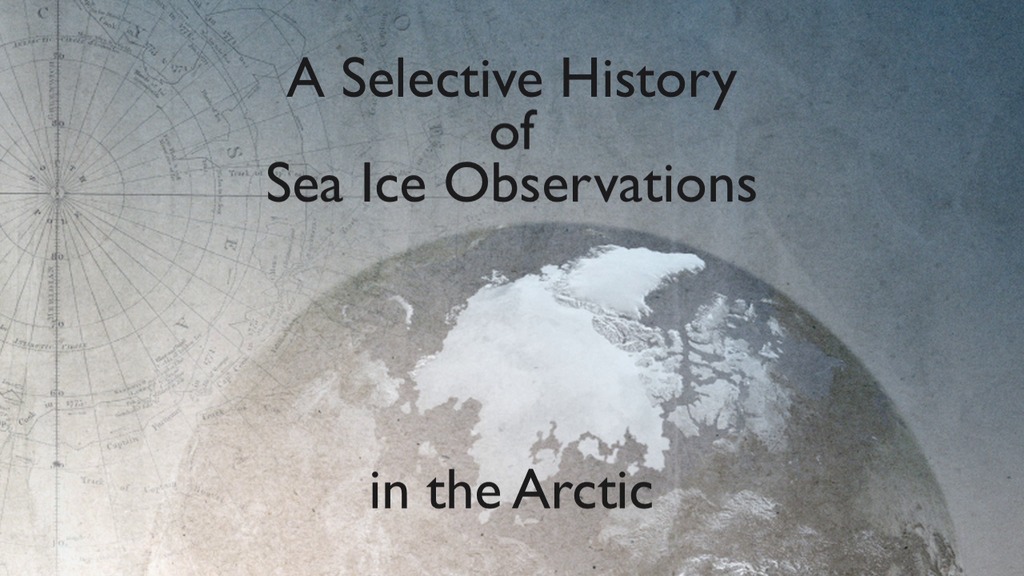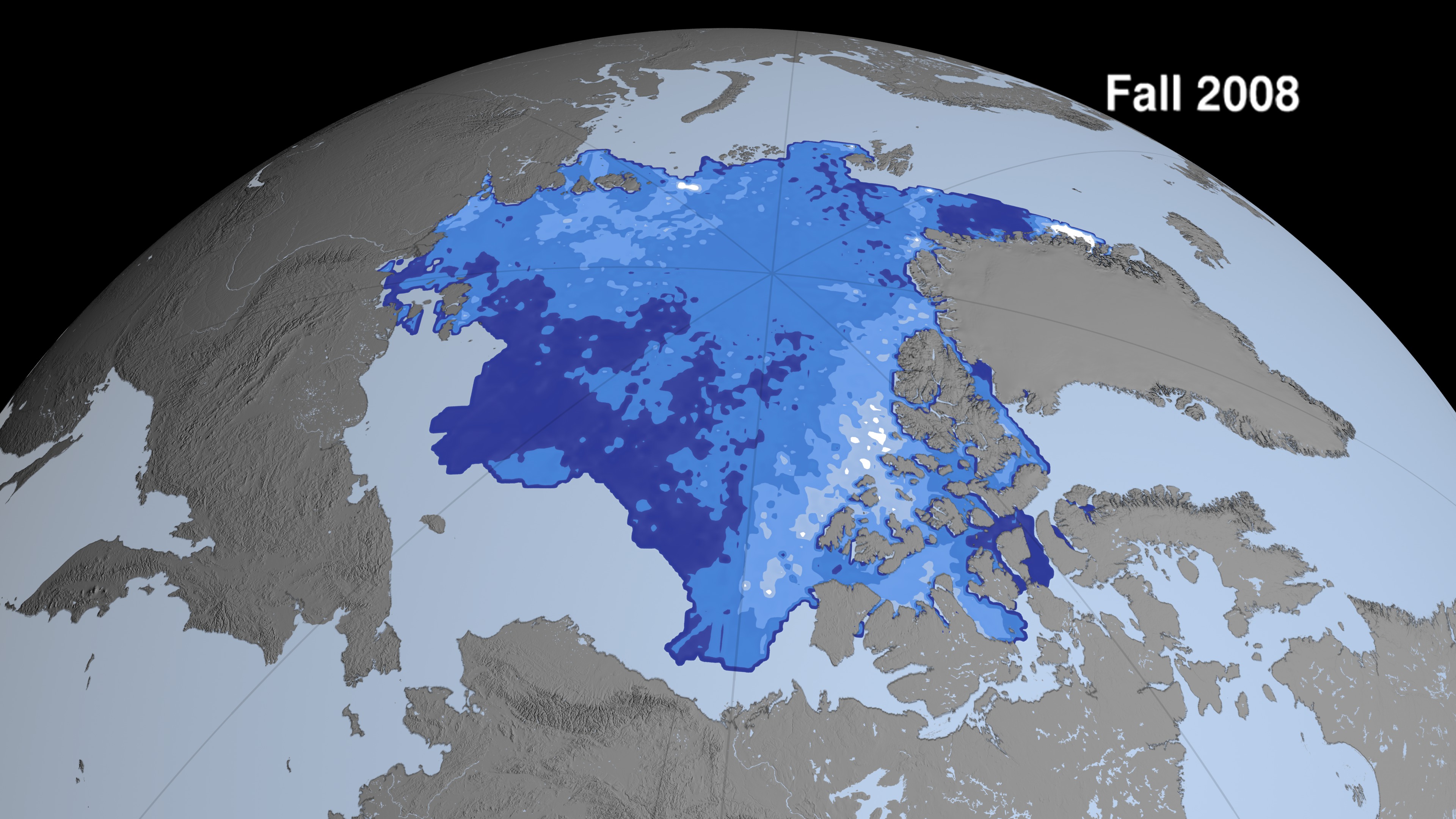Sea Ice: Past, Present and Future
Sea ice has covered a portion of the Arctic Ocean for more than 10 million years. But only in the last hundred or so years have advancements in technology—from the beginnings of flight to the dawn of the space age—enabled humans to gain a complete view of the sea ice and an understanding of how it’s changing. Scientific accounts of Arctic sea ice can be traced back to the time of the Roman Empire. Early explorers traveled across land and by sea to witness firsthand the floating sheets of ice that blanket Earth's northern pole. By the mid- to late 20th century, observation of the Arctic’s frozen waters entered a new era. Remote-sensing instruments carried aboard research aircraft and satellites provided enhanced and eventually near-continuous monitoring of sea ice from space. Watch the videos for a closer look at select events in Arctic sea ice exploration.

See a timeline of events in Arctic sea ice exploration.
Learn more about the early days of Arctic sea ice exploration in this video.
See how satellites and airborne surveys revolutionized the monitoring of sea ice in this video.
This visualization based on NASA satellite data shows the thickness of Arctic sea ice each fall from 2003 to 2008.

This image shows monthly changes in Arctic sea ice extent measured by Earth observation satellites from January 1979 to December 2014.

Future satellite missions like NASA's ICESat-2 (above) will observe changes in sea ice from orbit around Earth.
Credits
Please give credit for this item to:
NASA's Goddard Space Flight Center
-
Animators
- Brian Monroe (USRA)
- Lori Perkins (NASA/GSFC)
- Horace Mitchell (NASA/GSFC)
- Greg Shirah (NASA/GSFC)
-
Producer
- Jefferson Beck (USRA)
-
Scientists
- Jay Zwally (NASA/GSFC)
- Thorsten Markus (NASA/GSFC)
- Donghui Yi (SGT)
-
Project support
- Laurence Schuler (ADNET Systems, Inc.)
- Ian Jones (ADNET Systems, Inc.)
-
Writer
- Kayvon Sharghi (USRA)
Release date
This page was originally published on Tuesday, October 7, 2014.
This page was last updated on Wednesday, May 3, 2023 at 1:50 PM EDT.


